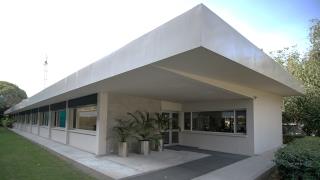With the carbon capture and storage offering a limited solution in terms of curtailing atmospheric CO2 emissions, Cementos Argos has embarked on research to investigate the use of microalgae as carbon fixers and offer a sustainable solution to reducing CO2 emissions into the atmosphere. By Gabriel Vargas2, Ana Cardenas1, Alejandra Giraldo1, Alex Saez1, Alexandre Restrepo2, Jorge Molina2, Santiago Hoyos2, Camilo Restrepo3 – 1Process Engineering, Universidad Eafit 2Research and Development, Cementos Argos SA, 3Vice President of Innovation, Cementos Argos SA.
The cement process, much like the vast majority of industrial processes, contributes to the atmospheric accumulation of gases such as CO2, NOx and SOx, especially as a result of the use of fossil fuels to generate energy and heat.1,2 CO2 is the main factor responsible for climate change, while NOx and SOx cause an increase of acid rain.
In the search to stabilise concentrations in the atmosphere, different strategies have been used – for example, in the case of CO2, Carbon Capture and Storage (CCS). However, this strategy, despite having been extensively studied, does not offer a final solution to the problem. In addition, it requires a significant amount of energy and comes at a high cost without any products being obtained to balance out the investment.3,4
As an alternative solution, much research is being carried out on CO2 fixation by biological agents. Microalgae are responsible for 75 per cent of atmospheric CO2 capture, with an efficiency that is 10-50 times higher than that registered for plants.5 This way, developing biotechnology to capture CO2 becomes rather attractive, taking into consideration different factors such as the capacity of microalgae to fixate CO2, the complete recycling of CO2, the creation of biological material with different potentialities, the possibility of using non-potable water in the process and the decreasing cost resulting from it.6,7
